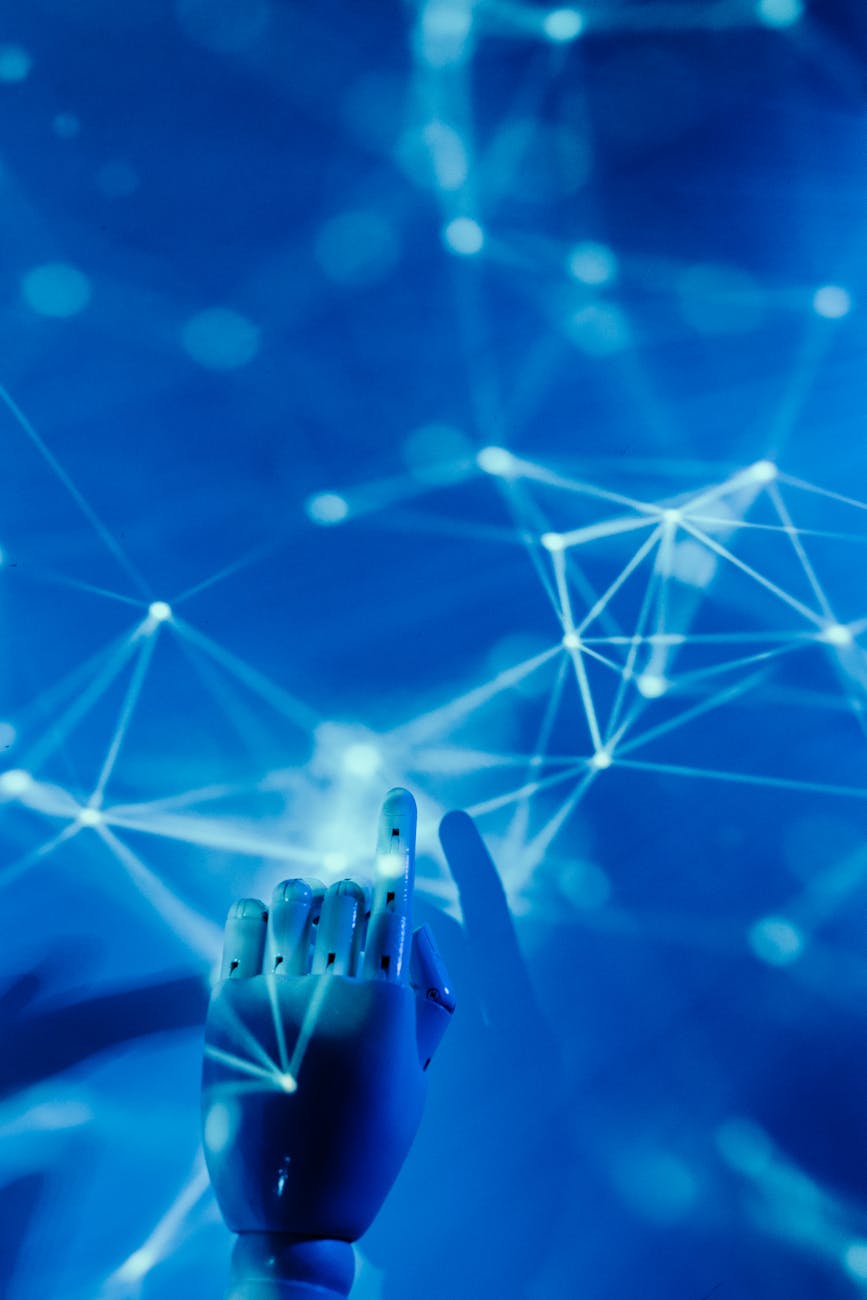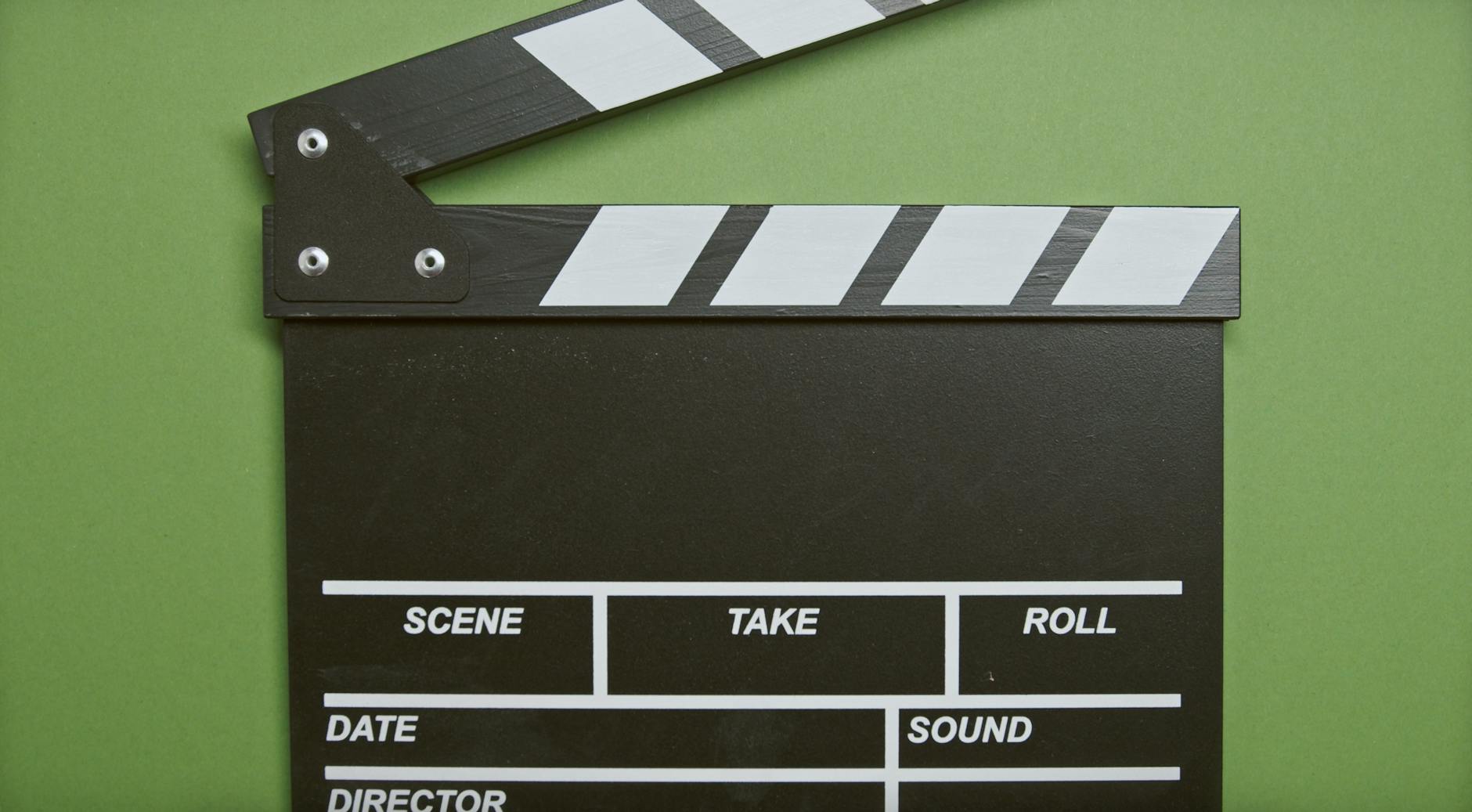OK, with the advent of lossless audio from Apple Music and other sources, it’s time to ask how can you get to the ultimate level of fidelity. I’ve been buying dedicated Digital-to-Analog Convertors DACs for a long time. And they have gotten really good.
The first thing to note is that the original iPod had the most incredible system. Steve Jobs really put his heart and soul into every detail and it shows in the system that he originally used. I have two iPods that are sort of still running from that era. The first Color iPod and then a monochrome one. It is one of my projects to get them running again for nostalgic reasons. For those devices, I got a HeadRoom BitHead convertor. By today’s standards, they were monsters, the size of a Sony Walkman with a dedicated USB and analog inputs, Burr-Brown DAC and then its own amplifier that in the day was incredible at 16-bit/48KHz with 93dB dynamic range. It’s been faithfully reproducing sound for 15 years or so. Today, of course, it has a little hiss but otherwise, the amplifier was great, but of course, that kind of fidelity actually pretty low fidelity (although I doubt anyone can hear much more without amazing headphones).
Bluetooth on a Mac is (relatively low fidelity) with AAC but still great
One sad thing of note is that with such great headphones like the AirPod Max, you would think Apple would lead the way on high-fidelity audio over Bluetooth. Sadly, that isn’t the case, even our lowly Sony WH1000MX3 supports aptX and LDAC which is a very high-resolution format but you have to something that transmits it. Today Apple just uses a compressed AAC for iPhone but does support aptX on the Mac, but as a reminder here are the Bluetooth audio formats right now:
- SBC. This is the base system and can run at 345Kbps with lossy compression
- AAC. This is used by Apple and runs up to 250Kbps
- aptX. This is a QUALCOMM format and runs at 352Kbps
- aptX HD: This runs at 576 kbps which allows up to 24-bit/48KHz audio that’s near lossless
- aptX Adaptive. This is just coming out and runs at 280-420Kbps
- LDAC. A Sony standard this runs at 330, 660 and 990 Kbps at 24-bit/96 KHz
But of course can you really hear the difference, well that’s a different question. Not that ALAC is out, Apple Lossless Audio Compression, hopefully they do an update with new models of headphones, but not yet.
Getting to 24-bit/192KHz audio is not easy but 24/96 is pretty standard in a Mac or Caldigit dock
However the world has gotten better and about five years ago I got a Cozoy Astrapi which is a tiny little inline device, it has a micro-USB input and outputs simply brilliant analog output. You really need great headphones to hear the difference, less than 10 grams in weight and it doesn’t even need a batter. The DSP engine runs at 16 bit/44.1 Hertz, so it is no match for the new high-resolution formats that Apple and others support (that I can’t probably hear these new 24-bit/192KHz formats, but it is definitely better than the Bluetooth that most of the listening is done with.). It has an interesting note that the DSP engine natively decodes the 16/44.1 formats, but if you buy the Onkyo HF Player, then you can apparently decode and play at 192KHz/24 Hi-Res which works because it is feeding Digital to the Cozoy, but this does not run on MacOS Ventura).
Note that if you have a MacBook Pro 2021 or later, the output of the headphone is actually at 96KHz which is pretty incredible. And if you have the CalDigit TS4, it also supports up to 24-bit and 96KHz playback which is also amazing. To me, both outputs sounds extraordinary, I’m not. sure I can really hear up to 46KHz anyway. Most humans are limited to 20KHz (which is why the 44.1 was created). For more details, you can learn about the Nyquist frequency and what humans can really hear.
You need amazing headphones and a Scarlett Solo for 192KHz
I have a set of them and I’m always amazed at the audio quality. For a long time I had Sennheiser 414 but they wore out, now I have an incredible (and expensive set of reference Sennheiser 650 headphones) that use a DAC using a Scarlett Solo with an incredible 104dB dynamic range and 192KHz output. The other nice thing about using the Scarlett is that you can attach a true professional microphone like the amazing Rode NT-1A to it for a great desktop setup.
Again I have to caution that its probably not the DAC that makes a difference, but spending $500 for the headphones including audiophile quality definitely does having listened to AirPod Pro (decent), Etymotic ER-4i (amazing), Shure SRH 440 (ok), Sennheiser 414 (ok), Sony WH-1000XM3 (decent only if equalized) and Sennheiser HD-650 (really very good). I haven’t really listened to them much but the AirPod Max seems very good (but doesn’t support wired connections). For the ultimate high end, rtings.com likes the Sennheiser HD 800S ($1400 at Amazon) or the HiFiMa Arya with planar magnetic transdoocers which are a whopping $1,300 at Amazon.
For more dedicated DACs at up to 768Khz!
Now if you want something that is more portable, there are the follow-ons to the Cozoy, so for instance Wirecutter, What Hi-Fi, and Moon Audio have a great list, but remember with the native Thunderbolt docks and the MacBook itself supporting 96KHz, this is really a niche offering.
So the Chord Qutest supports up to 32-bit/768KHz which is absolutely ridiculous, that means 300KHz audio so well above what humans can hear and you still need an amplifier, but still it is has one purpose it does well. A more reasonable choice is the iFi Zen DAC V2 which is USB 3.0 input with 32/384Khz, MQA at $200 at Amazon.
Another popular choice for a transportable system is the iFi Hip-dac for $150. This is well hip-flask sized with a battery so pretty good if you are a transportable option with a three-hour battery built in. It has a USB A input and then a 3.5mm output and a 4.4mm balanced output and runs up to 32-bit/384KHz PCM or DSD 256 (a niche format that samples at 256x the speed of a CD) or MQA (what Tidal uses to get 24-bit/96KHz).
Then there is the iFi xDSD Gryphon which has Burr-Brown DAC and PureWave analog amplifiers so at $600 it’s really at the top of the line. It also has high-resolution Bluetooth, a balanced connector, and the traditional 3.5mm output as well. But a way less crazy and better deal would be the best-selling Chord Mojo 2. It is still quite a lump of stuff though at 185g but it does support up to 32-bit/768KHz so wins the specmanship wars.
Ultraportable DACs at 96Khz for iPhones if you must
The iPhone no longer has a headphone port, so you need to go through the Lightening and there are plenty of Lightning to 3.5mm adapters. These things have a microscopic DAC convertor and stereo amplifier and a ADC for the microphone so that’s pretty incredible. It is probably more than any mortal needs. It is limited to 48KHz which Apple confirms, so if you want more than that you need a dedicated DAC.
If you want ultimate portability and the ability to plug in anywhere then the AudioQuest DragonFly Cobalt is the answer, yes its $250, but it is just a USB A port and a 3.5mm output jack and is 20 grams and works up to 96KHz or MQA. This is the kind of setup where you are plugging into someone else’s system and it feels like it is just part of the cabling system. I’m pretty sure you won’t be able to hear any difference, unless you can hear a dog whistle.






